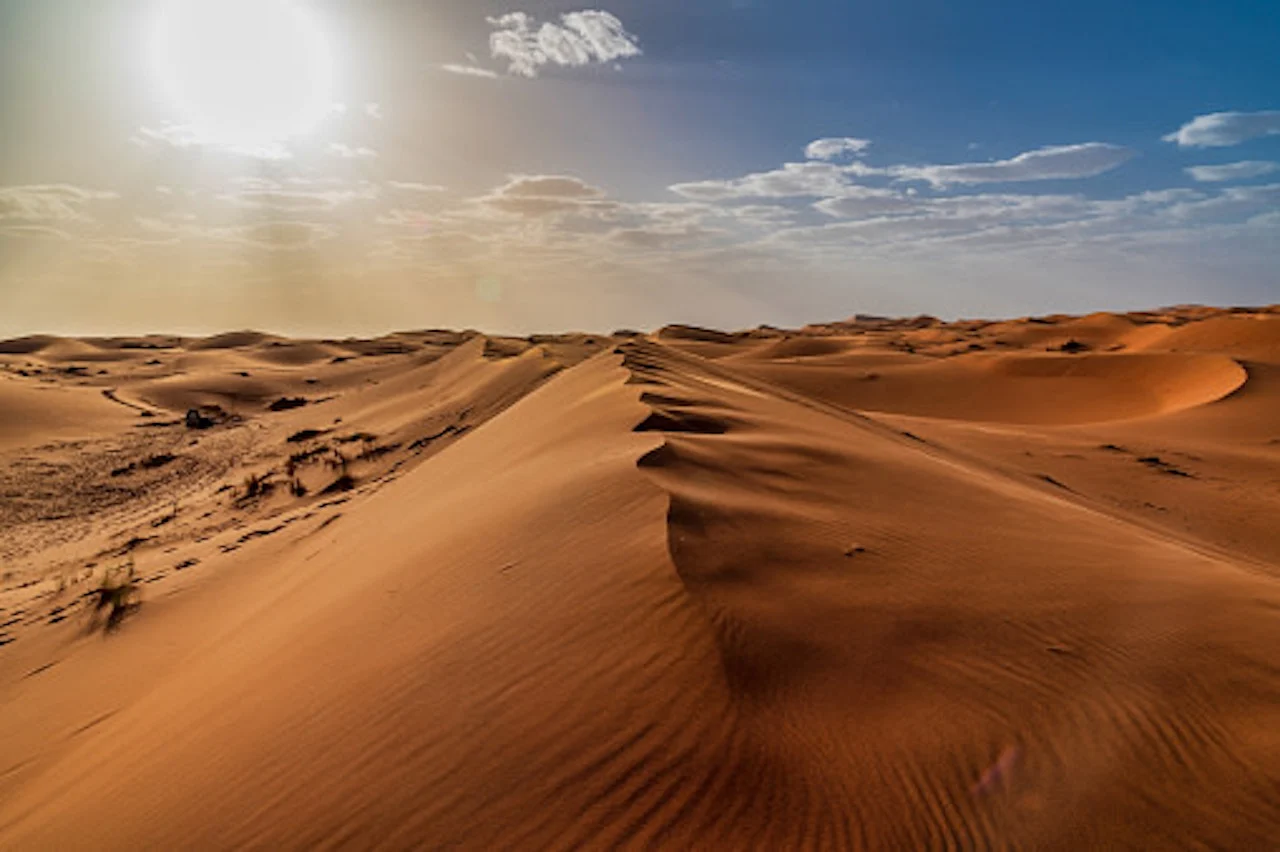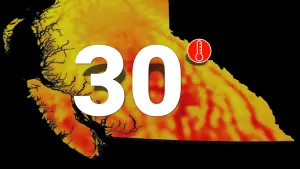
How deserts experience wild 40+ degree temperature drops at night
The daytime temperature in the desert can climb to an average of 38°C, while the nighttime can experience a temperature plummet to nearly -4°C.
It's no surprise to anyone that the desert can be a place of extreme heat. But did you know it can feature a drastic temperature nosedive at night? With values plunging into the minus single digits. Indeed it is true.
According to NASA, desert temperatures rise to an average of 38°C (just more than 100°F) during the day, but in the nighttime, once the sun sets, temperatures dive to an average of -3.9°C (about 25°F). The values can also vary greatly, depending on the desert's location.
Why does this occur?
The main causes for arid deserts -- dry regions covering about 35 per cent of Earth's land -- experiencing intense heat and then bitter cold results from sand and humidity.

Sahara Desert at night. Photo: Shutterstock.
Sand is unable to hang onto heat very well. When the sun's heat and light strike the desert's sand, the grains in its upper layer absorb and release heat back into the air, according to a 2008 report from NASA's Jet Propulsion Laboratory in Pasadena, Calif.
In the daytime, the sand's radiation that comes from the sun's energy superheats the air and prompts temperatures to surge. And because the desert air is extremely dry, heat escapes very quickly at night, NASA states.
"Desert biomes are the driest of all the biomes. In fact, the most important characteristic of a desert is that it receives very little rainfall. Most deserts receive less than 300 mm a year compared to rainforests, which receive over 2,000 mm. That means that the desert only gets 10 per cent of the rain that a rainforest gets," NASA explains here.
In parched deserts such as the Sahara and the Atacama Desert in Chile, the humidity is almost non-existent, and unlike sand, water has a considerable capacity to store heat.
WHAT ABOUT PLANT AND WILDLIFE?
And how can wildlife and plants survive such harsh environments?
Dale DeNardo, an environmental physiologist at Arizona State University, told Live Science that the temperature change is a "relatively small problem" for animals as the more pressing challenge is getting sufficient food and water for survival.
Reptiles, for example, are well-suited to wide temperature changes because they are cold-blooded, or ectothermic, so their energy is not needed in maintaining a constant body temperature. Numerous reptiles are small in size, which is beneficial because they can find "shady nooks" during the day or warmer rocks at night. "There's a lot of different places to go to be warmer or cooler, especially when you're small," said DeNardo.

According to NASA, desert temperatures rise to an average of 38°C (just more than 100°F) during the day, but in the nighttime, once the sun sets, temperatures dive to an average of -3.9°C (about 25°F). Photo: Getty Images.
As for plants, perennials are able to survive for several years by becoming inactive and then prospering whenever water is readily available. Annuals are labelled as ephemerals because some can finish an entire life cycle in just weeks.
Sources: NASA | Live Science
Thumbnail: Sahara Desert at night, courtesy of Shutterstock.










